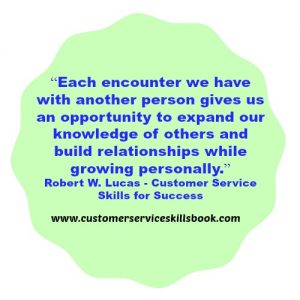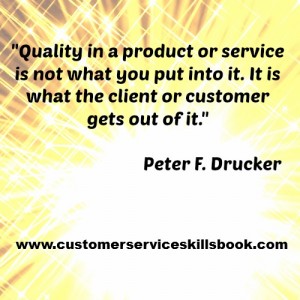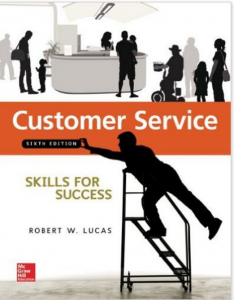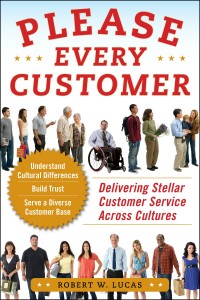Gaining Customer Loyalty
Gaining customer loyalty and getting repeat business is crucial for organizational success in today’s global business world. Too many managers and small business owners do not recognize that customer loyalty are not just about competitive pricing and product line offerings. With competition being literally a mouse click away, the differentiator between companies is often the level and quality of customer service that they provide. If companies fail to personalize service, empower customer service representatives to effectively and efficiently serve customers, and invest in the latest service technology, they are likely to suffer from customer churn.
Unfortunately, many organizational leaders have not recognized the need to adopt customer service as a strategic initiative. They also fail to identify consumer trends and go to the effort of meeting changing customer needs, wants and expectations. According to the 2014 American Express Global Customer Service Barometer, 62% of 1,000 American consumers surveyed believe that companies “meet customer expectations.” Only 5% of those surveyed said that interactions that they had with companies “exceeded their expectations,” while 29% thought that companies usually “miss their expectations.” Companies, such as Radio Shack, Borders Books, Blockbuster and Circuit City have paid the price of failure for failing to read and meet customer needs and expectations. Other organizations that are teetering and struggling to regain or maintain market share include Sears, JCPenney, Best Buy and the U.S. Postal Service.
The simple solution for gaining customer loyalty and getting repeat business is to make every customer experience positive. By investing in customer service skills and communication training for all employees, upgrading equipment, processes, and policies regularly, and looking at service through the customer’s eyes, customer loyalty and satisfaction is attainable.
For additional ideas on ways to improve customer service in any organization, check out Please Every Customer: Delivering Stellar Customer Service across Cultures, Customer Service Skills for Success, and How to Be a Great Call Center Representative.









